Video showing the dangers of sharing personal images online.
Useful things for young people aged 11-14
In Ocado's grocery warehouses, thousands of mechanical boxes move on the Hive. Are they all individual robots? Or is this one giant hive mind?
Watch the video
The market for ownership rights to digital art, ephemera and media known as NFTs, is exploding. All NFTs, including the “Disaster Girl” meme Ms. Roth just sold, are stamped with a unique bit of digital code that marks their authenticity, and stored on the blockchain, a distributed ledger system that underlies Bitcoin and other cryptocurrencies.
These lesson plans aim to help secondary school students (11 to 18-year-olds) examine critically information they receive online through websites, social media, pictures and data and to develop skills and methods to help determine what is real.
Can you find the fake online?
Select an age-appropriate quiz to play as a family (parents versus children) to learn and test your knowledge on what fake news, disinformation and misinformation is and how to stop it from spreading.
Heard of #deepfake but don't know what it is all about?
Do you think you can tell the difference between real and fake?
Navigating what we see online and social media isn't as easy as it used to be so BBC My World has investigating some of the latest techniques.
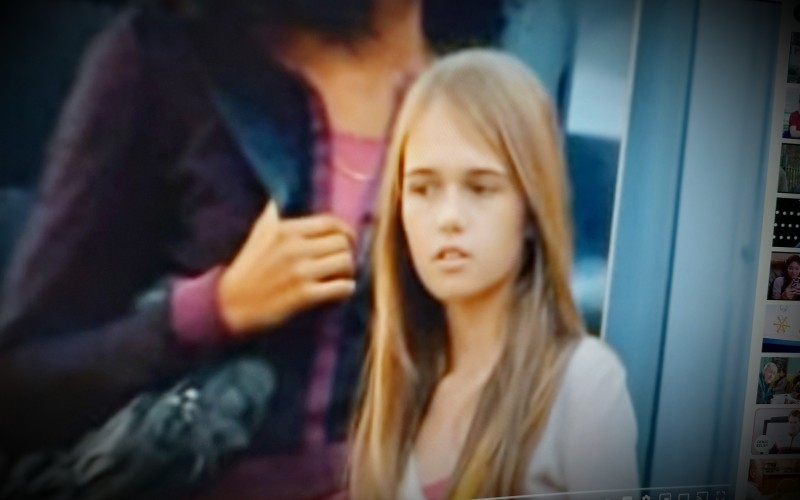
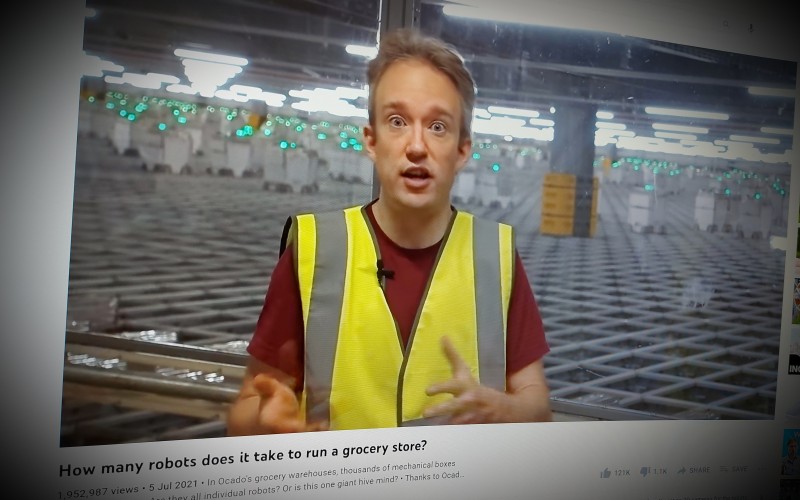
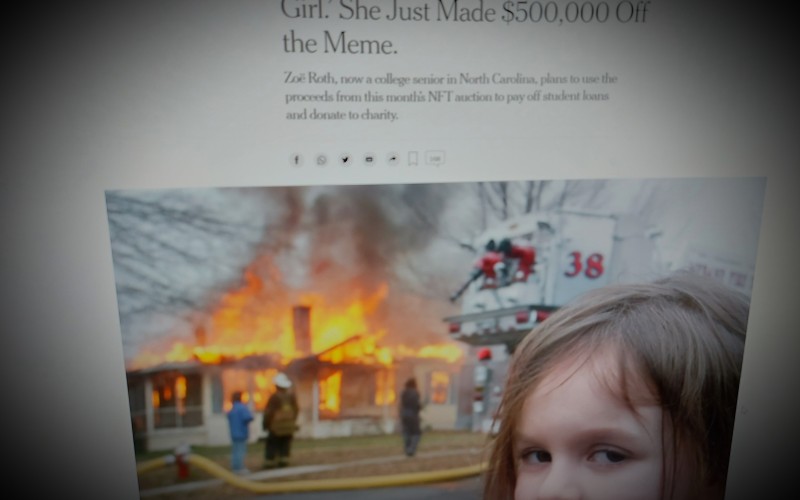
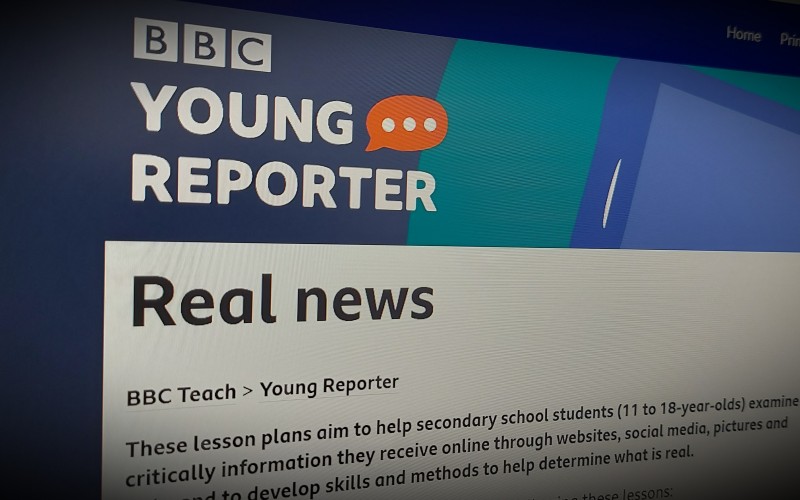
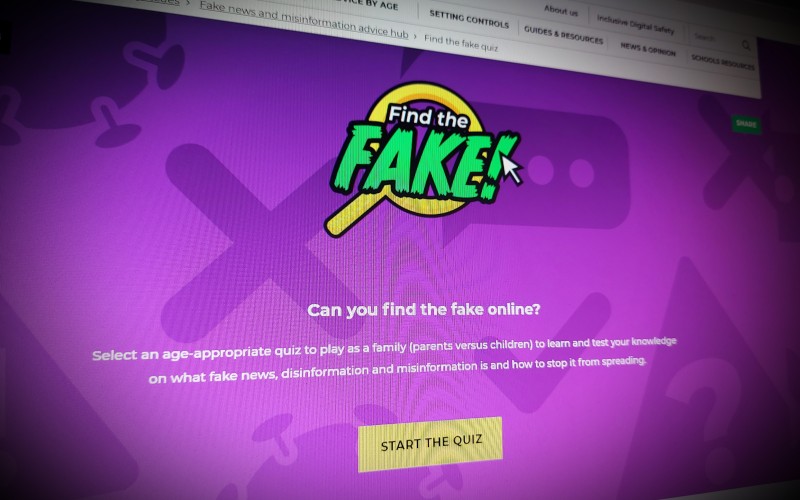
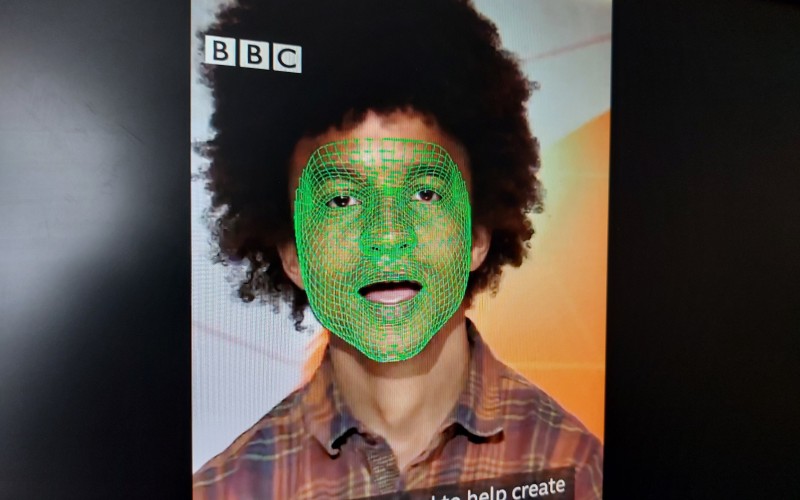
Comments
make a comment